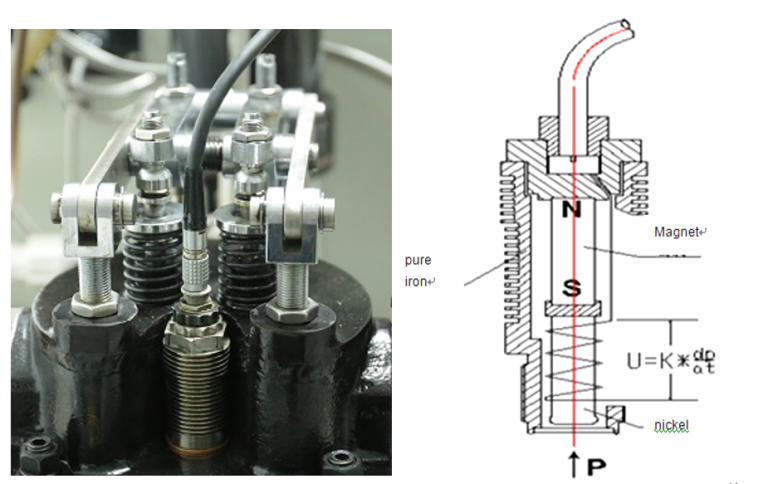

"afterkeydown" - updates your view model as soon as the user begins typing a character.Unlike keyup, this updates repeatedly while the user holds a key down "keypress" - updates your view model when the user has typed a key."keyup" - updates your view model when the user releases a key.The following string values are the most commonly useful choices: If your binding also includes a parameter called valueUpdate, this defines additional browser events KO should use to detect changes besides the change event.
#Knockout value change on keyup update
KO will always attempt to update your view model when the value has been modified and a user transfers focus to another DOM node (i.e., on the change event), but you can also trigger updates based on other events by using the valueUpdate parameter described below. Whenever the user edits the value in the associated form control, KO will update the property on your view model. If you supply something other than a number or a string (e.g., you pass an object or an array), the displayed text will be equivalent to yourParameter.toString() (that’s usually not very useful, so it’s best to supply string or numeric values). If the parameter isn’t observable, it will only set the element’s value once and will not update it again later. If this parameter is an observable value, the binding will update the element’s value whenever the value changes. KO sets the element’s value property to your parameter value. UserPassword: ko.observable("abc"), // Prepopulate UserName: ko.observable(""), // Initially blank Usage with AMD using RequireJs (Asynchronous Module Definition).How KO works and what benefits it brings.The value binding can be applied to any form control, however there are other bindings that may be better suited for checkboxes, radio buttons, and text inputs. Use the value binding to obtain the value of an element. If you want your form to be submitted like a normal HTML form, you just return true in the submit handler. Knockout will prevent the browser's default submit action for that form. Any observables used in this functions have to called with parenthesesĪllValues: ko.observableArray() Įvent handler to be invoked when a DOM element is submitted. The visibility can also be calculated using JavaScript functions. The inverse of the disabled binding is enabled This is useful mainly for, ,, and elements

The disabled binding adds a disabled attribute to a html element causing it to no longer be editable or clickable. ĬhosenGasGiants: ko.observableArray() // Initial selection To store the results of a multi-select list, the options binding can be combined with the selectedOptions binding. Value stores the value of the selected option into an observable of the viewModel OptionsValue sets the value property of the corresponding

OptionsText enables a custom display text You can also use properties inside the array for displaying in the list and for saving in the viewModel: Use this binding to build options for a select item data: the context of the element that triggered the event The click binding can be used with any visible DOM element to add an event handler, that will invoke a JavaScript function, when element is clicked.


 0 kommentar(er)
0 kommentar(er)
